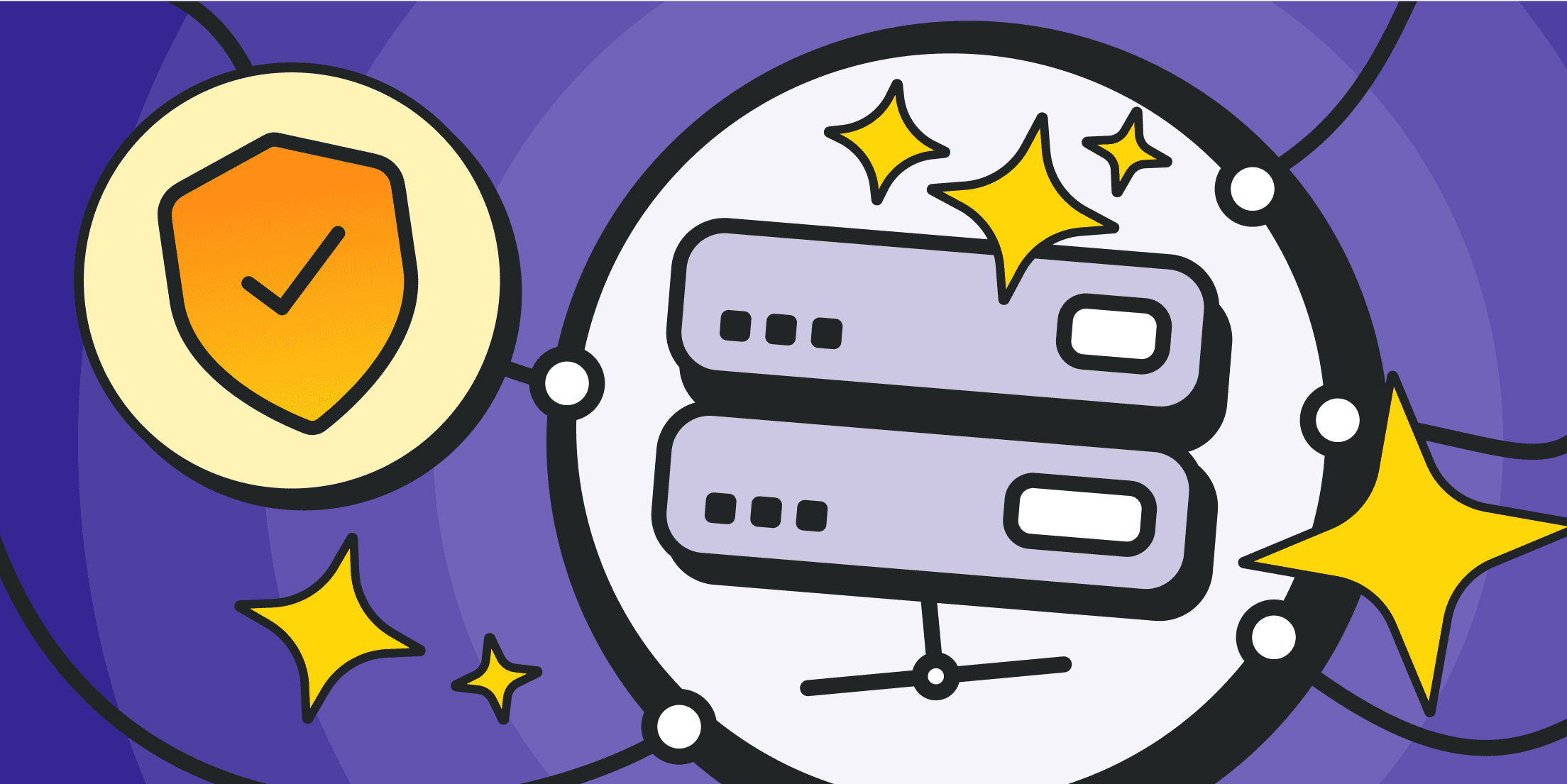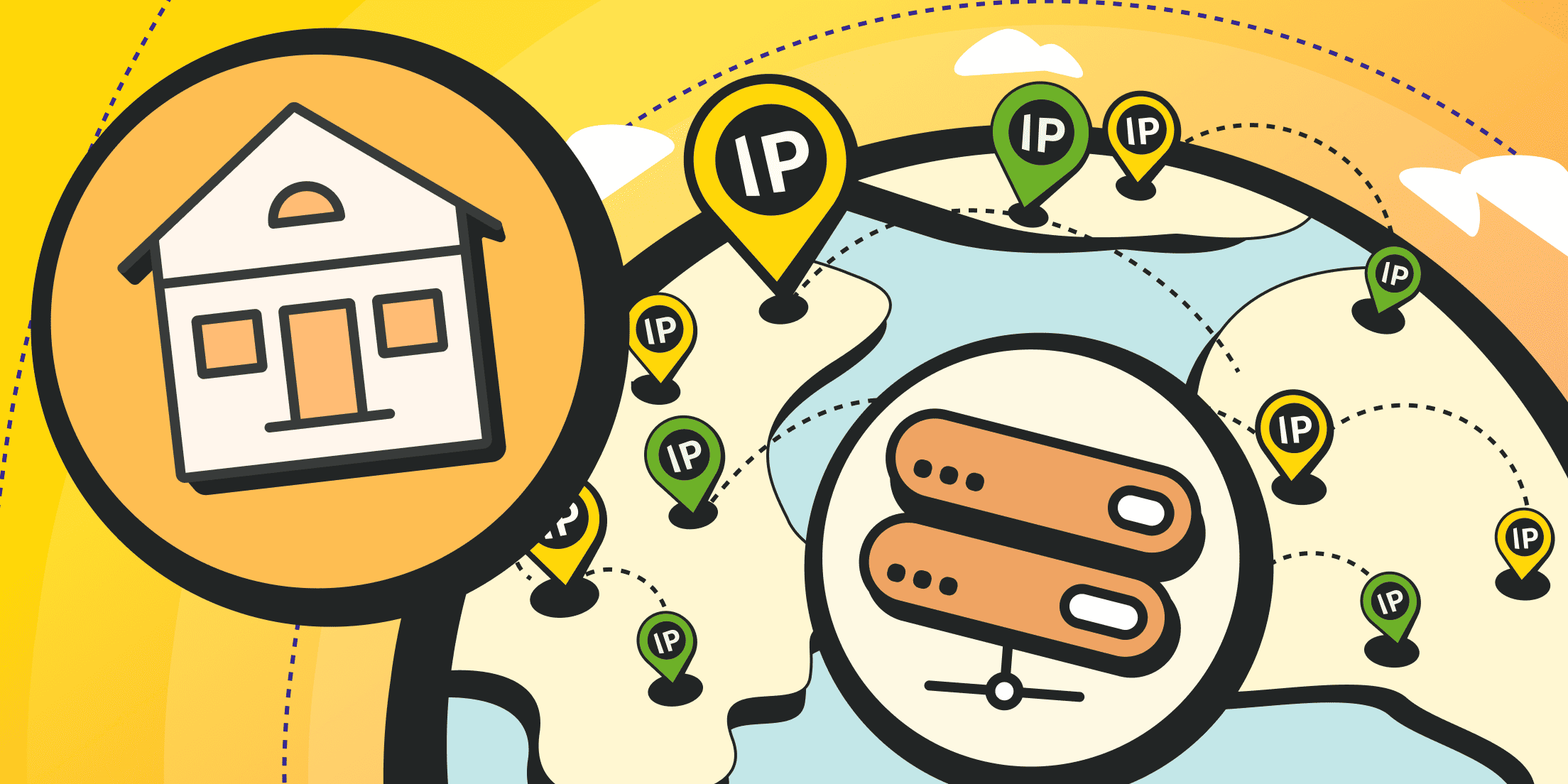Let’s start with a clear cybersquatting definition.
Сybersquatting is the deliberate registration, sale, or use of a domain name matching someone else’s brand with the intent to profit.
Put simply, a bad actor registers a domain name similar to a well-known company or product to:
- free-ride on a brand’s reputation;
- siphon off part of the brand’s official website traffic;
- pressure the rightful owner to repurchase the domain name for a hefty sum.
Сybersquatting thrives on brand confusion, and attackers can be inventive — it all depends on your luck as a trademark owner.
Should brand owners worry about cybersquatting? Absolutely.
According to the World Intellectual Property Organization (WIPO), domain name disputes involving cybersquatting continue to break records year after year. In 2023 alone, nearly 6,200 complaints were filed with WIPO by trademark owners — up 7% from the prior year.
Is Cybersquatting Illegal?
Сybersquatting is generally illegal. But there’s nuance.
In most cases, cybersquatting runs afoul of trademark law. Why “most”?
The law targets bad-faith intent. Registering a similar domain name can be lawful — for example, if someone’s surname or personal name matches a brand and they operate a personal site in good faith.
Monetizing the internet domain name or acting “just to cause harm” — and the cybersquatter is now on the wrong side of the law. It becomes illegal when a registrant targets a mark to confuse users or extract value from the mark’s goodwill.
Identity Theft Cybersquatting
Identity-theft cybersquatting targets people, not just brands — also called name jacking.
Scammers impersonate an executive, employee, or creator by registering domain names that combine a brand with a personal name. Then they create a fraudulent website to grab logins or reroute payments.
Beyond the hassle, it can infringe on intellectual property rights — and the fallout has serious implications for both individuals and companies.
So when does cybersquatting happen? Typically around product launches, leadership changes, or when sensitive vendor updates are circulating. Watch for attackers registering domain names that tack on a personal name, plus look-alike spellings or IDN homographs to reel people in.
Consequences of Cybersquatting
The first casualty is reputation. The appearance of alternative sites with look-alike domain names confuses your customers. Confusion between fake and official sites means lost web traffic and sales, reduced loyalty, and public criticism.
The cybersquatting attacker may deceive customers, but the blame still lands on you — because you didn’t spot the fakes in time.
The good news: you can fight back.
Anti-Cybersquatting Laws

The laws of the United States and many other countries provide measures against cybersquatting and trademark infringement. Below is a summary of what you can refer to if you suspect something is wrong.
The ACPA — What It Gives Brand Owners
The Anti-Cybersquatting Consumer Protection Act (ACPA) was enacted in the U.S. in 1999 as part of federal trademark law. It directly prohibits cybersquatting and lets trademark owners sue bad actors. For clarity and searchers who use the colloquial phrasing, the statute is sometimes mistakenly called the AntiCybersquatting Protection Act, but the proper name includes “Consumer.”
As a brand owner under ACPA, you can:
- File lawsuits against registrants for infringing on domain names.
- Seek statutory damages (from $1,000 to $100,000 per domain, at the court’s discretion).
- Cancel or transfer domain names.
So if you are a trademark owner and the corresponding .com domain name is valuable to your business, ACPA is your path forward.
International Rules and Practice
A streamlined out-of-court process exists for global domains (including .com, .org, and others) — the Uniform Domain Name Dispute Resolution Policy (UDRP), developed by WIPO and adopted by ICANN.
Under the UDRP, a trademark owner can file a complaint about cybersquatting (e.g., via WIPO) and secure a transfer if they prove three elements:
- The disputed cybersquatting domain name is identical or confusingly similar to the mark;
- The respondent lacks rights or legitimate interests in the domain name;
- The cybersquatting domain name was registered and is being used in bad faith.
The procedure is handled online and does not award monetary damages — it’s a practical alternative to court.
The best first step is to check which trademark rules apply in the jurisdiction where the domain is registered. Despite local differences, there’s almost always a way to protect your brand.
How Proxies Help You Fight Cybersquatting

Large brands have mature monitoring strategies and data collection systems against cybersquatting. Many go on offense: they use blocking services (e.g., the Domains Protected Marks List) for new TLDs, reserve key domains in advance, and watch for suspicious domain name registrations.
What if you’re not yet a big company with lawyers worldwide? Use baseline monitoring and evidence collection.
One practical tool in the brand-protection toolkit is using proxy servers or a VPN to inspect suspicious sites. A proxy lets you visit a cybersquatting site anonymously and as if you were in another region.
With proxies, you get:
- content as seen from any region;
- large-scale monitoring and scripted scans;
- verification of ads and search results.
In short, you widen your field of view and automate the hunt for bad-faith cybersquatting copies. But consider adding robust checks to your brand-protection playbook.
Next, we will look at the basic steps for detecting cyberquatting using proxies and other tools.
Automated Domain Name Checks
Turn on monitoring in DomainTools Brand Monitor or WhoisXML API — the system will notify you about new registrations that match your brand term. When you set it up, you only need to specify your brand keyword to monitor domain squatting.
Keep an eye on your own domains too — don’t miss renewals! One common cybersquatting tactic is to pounce the moment you forget to renew and then flip the domain name back to you for a profit.
For manual checks, use site:brandname in Google or SEO tools. For example, site:brandname (without .com) can surface URLs that contain your name. This is how you may find whole grids of subdomains or pages tuned to your brand on someone else’s site — and detect cybersquatting.
👉 To avoid script blocks, run them through a pool of residential proxies — that ensures stable checks.
How To View Content by Region
A suspect site often behaves differently depending on where it’s viewed. So, review the site as users in different countries would see it.
Connect via residential proxies and check the site from the relevant location. If your audience is heavy on mobile, review cybersquatting domains through mobile proxies.
Don’t limit yourself to one region! Check at least two (say, the U.S. and the EU) and compare language, pricing, and shipping. You may uncover redirects to similar “fake” sites.
Record everything you see related to cybersquatting — screenshots, screen recordings, and full-page PDFs all help. You’ll need them later.
💡 Mini proxy setup in a browser: in Chrome → Settings → System → Open your computer's proxy settings → enter Host:Port → login/password if necessary.
Residential Proxies
Perfect proxies for accessing valuable data from around the world.
Mirrors and Redirects — How To Spot Them
Mirror sites are complete copies of content under different addresses. For example, the attacker builds fakebrand.com (a copy of your official site) for domain squatting and then clones it to fakebrand.net and fakebrand.org.
If one site gets shut down, another remains, so that the cybersquatting will remain. Plus, the attacker captures more traffic — different users stumble onto different domains.
A redirect is when one domain name automatically sends the visitor to another.
Try disabling auto-redirects or use curl: command curl -I to fetch HTTP response headers — you’ll see a Location: ... header with the target address.
Test via proxies in multiple countries — redirects often trigger only for specific geos.
Why does this matter? A redirect means the actual content is somewhere else. That “somewhere” might be the primary target for your enforcement of cybersquatting.
In short:
- Enter a domain name and watch: if the address changes immediately → redirect (curl -I domain.com will show Location).
- Does the discovered site match another one’s look and copy? That’s a mirror.
- Draw a simple map: “domain name → where it points.”
Screenshots and WHOIS Data as Evidence of Cybersquatting
Your primary evidence of cybersquatting is screenshots of the infringing web pages and the domain’s registration data (WHOIS).
Ideally, capture all key pages: the home page, product pages (if your catalog is being copied), contact details, checkout, and other telling elements. Better yet, record a scrolling video or save a full-page PDF.
Take screenshots via local proxies — it shows the site targets a specific region.
The next step is to obtain information about the domain name registrant (the cybersquatting domain), when, and through which registrar via a WHOIS lookup. Because of GDPR and privacy, public WHOIS often hides personal data today. Still, make the WHOIS query and save the output.
How Cybersquatting Domains Can Be Linked Through IP and DNS
If several suspect domain names are related, the same person or group may be behind them.
All of this technical data is publicly available via dig, nslookup, or services like VirusTotal and SecurityTrails.
Finding a Site’s IP
Suppose you find three cybersquatting sites — brand-sale.com, brand-discount.net, and brandshop.co — and pinging them yields the same IP 192.x.x.x. That may mean they’re physically hosted together.
Use reverse IP lookups (e.g., SecurityTrails, VirusTotal). Note that on shared hosting, thousands of unrelated sites can share the same IP.
Checking DNS
If multiple cybersquatting domain names share the same NS, they’re probably under one owner.
Command line (Linux/macOS/WSL):
dig NS example.com
or
nslookup -type=NS example.com
Checking MX Records
The same owner may be involved if different cybersquatting domains share the same MX (e.g., both point to mail.somehost.com).
Command:
dig MX example.com
or
nslookup -type=MX example.com
Checking SSL
SSL certificates can also help: multiple domain names may appear on a single certificate (SAN), or certificates might be issued to the exact details.
In the browser, open the cybersquatting site, click the lock → “Certificate” → review Issued To and Subject Alternative Names (SAN).
Use crt.sh to list certificates and SANs where the domain name appears. It is helpful, though not exhaustive.
Important: to consolidate domains into a single UDRP cybersquatting case, you need cumulative signs of common control (registrant/contacts/IP/NS/hosting, etc.).
Mobile Proxies
Premium mobile IPs for ultimate flexibility and seamless connectivity.
How To Track Ads by Region
A cybersquatting attacker may spin up a fake store on a look-alike domain name and run Google Ads or social ads using your brand name.
- Check Google Ad Preview and Meta Ad Library for your brand across countries and languages.
- Browse via a local proxy (say, German) and run a search — some ads are visible only in their target region.
- Capture screenshots and submit a complaint to Google Ads or Meta under their Trademark Policy.
Retargeting and Cookies
Cybersquatting attackers may configure ads to reach people who have already visited specific sites (e.g., someone visited the official site and now sees ads for the fake one).
These are harder to catch — user reports help (“Why am I seeing your ad with a strange URL?”). Either way, include ad monitoring in your brand-protection program.
Wrap-Up

By now, you’ve run an investigation: you identified a cybersquatting domain name (or several), reviewed it via proxies from different regions, and assembled screenshots, WHOIS, and other data. What next?
Package the evidence of domain squatting properly and initiate enforcement — whether amicable resolution, arbitration, or a lawsuit. Illegal activities, commercial opportunities in those domains, usage of business name, and other forms of bad faith can help you prevent cybersquatting and protect your trademark rights.
Cybersquatting may feel like an artifact of the early Internet, but it remains a live threat to you and your customers.
And, please, use reliable proxies to check everything from different points of view and get the full picture of cybersquatting.




